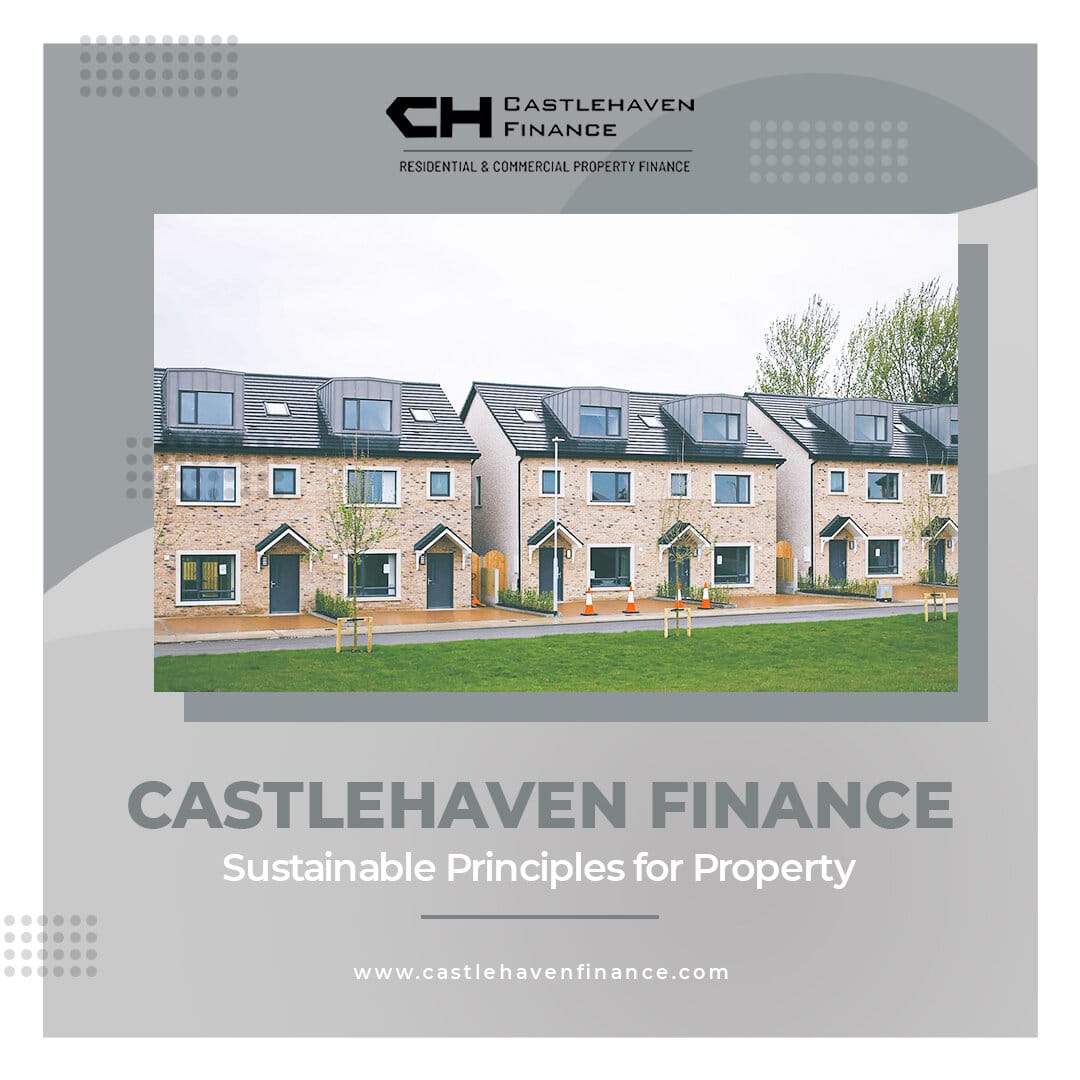Sustainable Principles for Property
Now more than ever, sustainability is playing a critical role in decision-making for commercial real estate, both in Ireland and globally. This, in turn, is leading to greater interest and demand from a range of private and institutional investors. For real estate businesses that are looking to establish a position of leadership in this space, there needs to be an investment in research, upskilling and new technologies. Already, we are seeing early leaders emerge in key markets and these early leaders will dominate in terms of attracting green-focused investment and indeed access to deals that meet these ESG, or Environmental, Social and Governance criteria. On this basis, the commercial case for driving a more sustainable approach is clear.
There is no escaping the negative impacts of the built environment on the climate. The most recent figures show that this industry, including construction and the entire lifecycle of the building, accounts for more than 40 percent of the world’s carbon emissions. Owners of commercial real estate need to understand the real impact of their assets on the planet. By doing so, the tangible benefits of so-called ‘green’ buildings initiatives, including reduced energy costs, reduced carbon footprint and improved tenant comfort, become compelling.
An important first step is awareness. The owners of commercial real estate ought to keep up to date, and not just in relation to local standards, legislation and compliance. Thought leadership and international best practice will guide quality investors towards quality products. By discovering what works in other countries and understanding how best practice can be accomplished – or more importantly, how it can be adopted – commercial real estate owners can set out a strategy and plan for a more sustainable approach to investing. Emerging tools and technologies in this space make it easier for investors to evaluate the impact of green initiatives, which in turn will help to guide building redesign in a way that benefits the building occupants. Commercial real estate is a tenant-driven business. Satisfying and delighting tenants is essential. This is one of the most important factors when hedging against vacancy rates in the local marketplace. Properties around the country that are deemed to have high levels of tenant satisfaction, generally have pretty low vacancy rates and can easily charge premium lease fees.
There are many important sustainability principles that are shaping global best practice right now, including tailoring the strategy for assets in different markets – sustainability is not a one-size-fits-all exercise, for that reason, such an approach will not work across international portfolios. While economic and efficiency reasons will inevitably drive investors and property owners to seek and adopt a generic or portfolio-wide sustainability strategy for all projects and all assets. This is likely to yield mixed results as what works in one climate or marketplace will not necessarily work in all others. It will be necessary to consider the sustainability goals for each asset or project. While this might require a greater effort, it will allow portfolio owners and managers to concentrate or focus on measures that are likely to have the maximum impact for both the environment and the value of the asset.
With flexibility high on the commercial property agenda, it is important to realise the value of resilience and this has proven itself to be a remarkably resilient sector. When considering the lifecycle of the building, this flexibility and potential needs to figure into the equation. Here in Ireland, we are starting to see purpose-built office blocks being adapted for residential use in Dublin and Cork. Similarly, older buildings are being repurposed, for example, the former Cruzzo’s Restaurant in Malahide (https://www.irishtimes.com/life-and-style/homes-and-property/former-cruzzo-s-restaurant-becomes-malahide-s-answer-to-remote-working-1.4277781) is currently experiencing its second life as a dynamic co-working space! It is a cliche to say that ‘necessity is the mother of invention’, perhaps that ought to read ‘innovation’. Innovation and market-responsiveness will force a rethink about building uses, which opens up many more possibilities. Bringing new life to old buildings in a way that improves them, introduces different options in terms of sustainability – not least of which involves using under-utilised real estate to create new value streams.
In this context, it becomes clear that property owners and investors in commercial property should not approach sustainability and environmental issues as an expense, but rather as an opportunity to do well, while doing good. There needs to be a greater understanding that all the benefits that sustainability measures bring today and in the future will be measured indirectly via low vacancy rates as well as through improved rents. In evaluating the real cost of taking this approach, it is important to note that with ongoing innovation in the area of sustainability, as well as a number of tax initiatives in place to assist with reducing cost considerably, landlords will be in a position to benefit through their continued ownership of sustainable property.
With offices in Dublin and Cork, Castlehaven Finance has provided development finance for both private and social housing to developers, builders and project owners across Ireland in excess of €1.7 billion (200+ loans) since 2014. Speak to the Castlehaven Finance team about your next commercial or residential development project https://www.castlehavenfinance.com/contact
